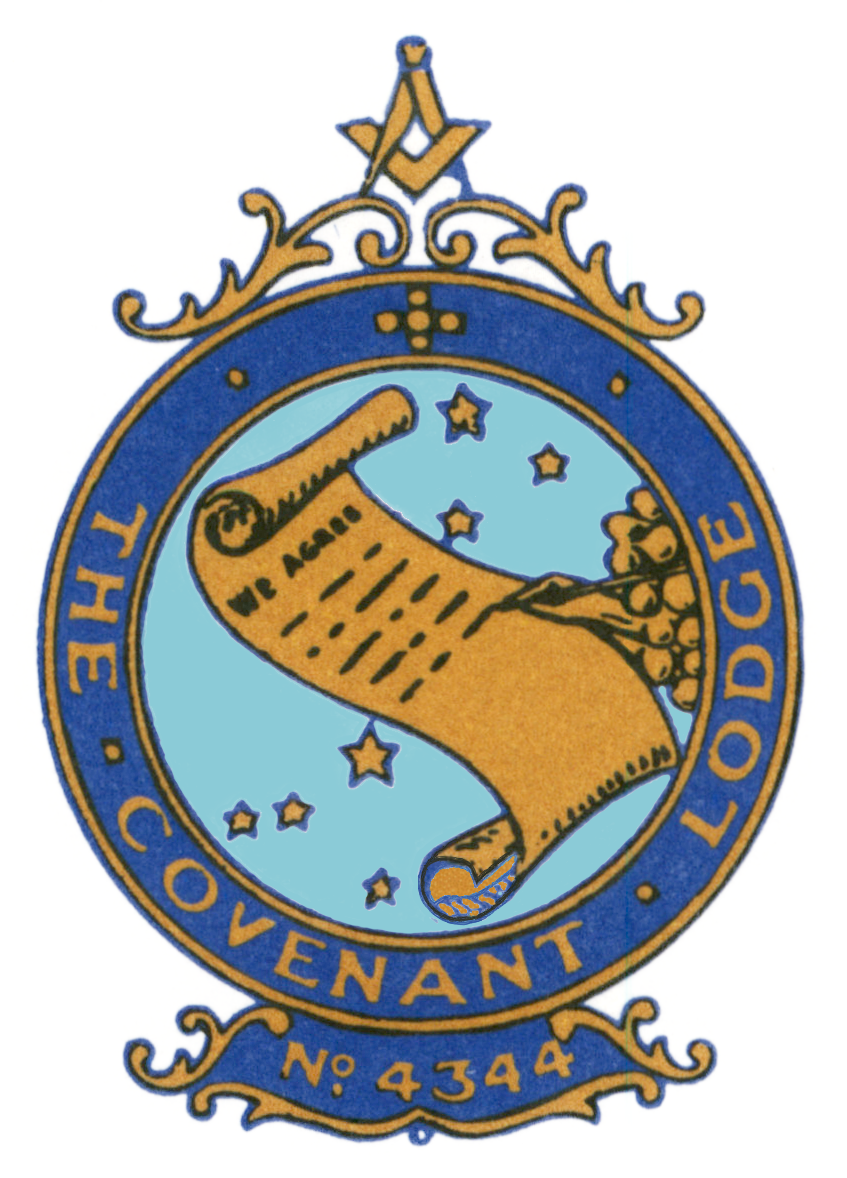At our Lodge meeting two years ago, we enjoyed a lecture on the topic of the early recorded history of UK Freemasonry. Here is a precis with some additions of my own.
It seems, Freemasonry dates it origins to medieval times when stonemasons travelled the country over the course of their lives from one construction site to the next building churches, cathedrals, castles and other stone buildings. After ground was broken at a new place of construction, the first thing built was a “lodge” in which stonemasons, their wives and children would reside for the duration of the building works. Construction was a painfully slow process and so residence at one lodge might last anything up to a whole working lifetime.
Masons would hold regular meetings inside the lodge to make sure the work was properly organised and to plan the transfer of skills to younger masons. Guilds were formed to set standards and, in common with most other guilds at the time, masons adopted secret signs and symbols as a way of passporting recognition of their skills when establishing credentials at a new construction site.
Occasionally a lodge would admit to its membership someone not skilled as a mason and these were referred to as “accepted” or “speculative” masons. Skilled stonemasons were referred to as “operative” masons. Admitting non-operative masons increased until a point was reached when the membership of some lodges was entirely composed of non-operatives.
One of the earliest documents referring to the history of Freemasonry is the Halliwell Manuscript which consists of 64 pages of vellum written in Middle English. The Halliwell Manuscript is held at the British Museum and has been dated to the first quarter of the fourteenth century. The earliest surviving hard evidence record of a Masonic ceremony was made by Elias Ashmole on 16 October 1646 to mark the day he was made a Freemason.
By about 1700, lodges would tend to meet in a local tavern with attached dining facilities. The ceremonial area would be chalked out on the floor. At the end of the meeting, the floor would be washed so that no trace of the marks would be left. At around 1717, a number of London lodges decided they would form as a Grand Lodge for the purpose of governing their activities. In 1751, a rival group of lodges of the artisan style decided to form a second Grand Lodge based around the fact that their ritual was more traditional. The second Grand Lodge decided to call the first, the “moderns” and themselves the “ancients”. The moderns carried on as if nothing had happened.
The moderns purchased premises in Queen Street, London with a double aspect. The front building was converted to a Freemasons tavern and the back of the building was converted to offices. They saw the opportunity to charge fees from renting a Masonic meeting room and a competition were announced to design a plan for the building. The winner of a competition to design the temple was a Mr Sanby. Finances were short by £5,000 and shares were issued to bridge the gap. Each of the 100 subscribing lodges was entitled to a dividend of £2.50 per annum.
In 1776, the first lodge meeting room was established at the Queen Street site. That building was further extended by Sir John Soane. The ancients were not welcome and met separately. By the early 1800’s the issue of the existence of two grand lodges became an irritation for both and in 1813 an act of union was signed to bring them together. In Grand Lodge meetings today, the Grand Registrar will enter with a pouch to demonstrate the union between the ancients and moderns.
1869 saw the completion of a large new meeting room. Queen Street was renamed Great Queen Street in the 1870’s. Further frontage was purchased to extend the premises. The building had a design flaw in that timber beams were keyed into a chimney breast. A fire resulted. Freemasons had acted to insure the building and this paid for the property to be rebuilt. By 1900 they had the opportunity to further extend the building. Sadly, as work got underway, War was declared. In 1919, the Grand Master, the Duke of Connaught proposed building a new Hall which would cost £1m. Each London lodge member was requested to contribute 10 Guineas. Lodges registered in the provinces were invited to contribute 100 Guineas each. By 1925 the fund reached in excess of £1.35m. and architects were instructed.
Understanding some world history is important to understanding present circumstances and, in that respect, the history of Freemasonry is no different.
